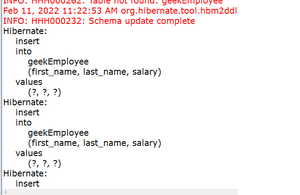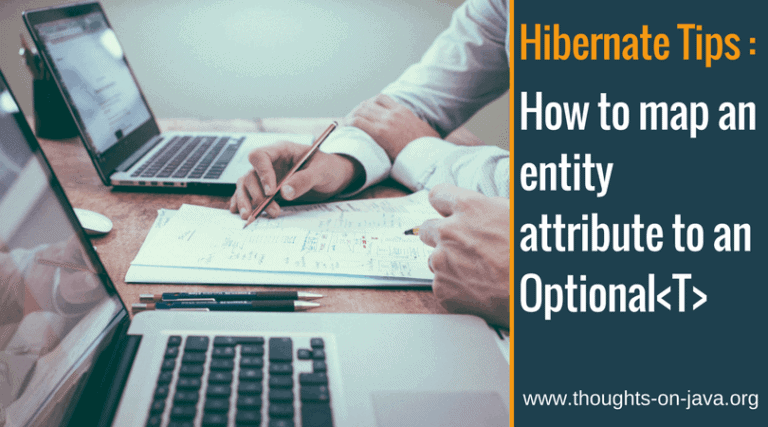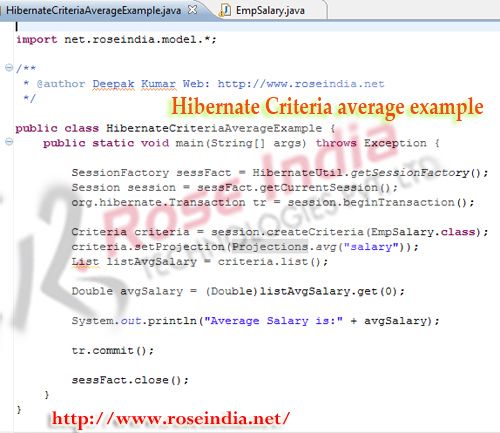Roads & PavementRoads & Pavement
Barefoot
Minimal
Low
Medium
High
Maximal
All around running shoes offer comfort and cushioning for daily runs, jogs, walks, and long mileage. They offer enough versatility for both faster and slower runs and are a great option for those who want one running shoe to do it all.
Fast run or uptempo running shoes are lightweight and responsive. They offer streamlined designs that have minimal uppers and offer a high level of energy return. These shoes are a great option for faster runs in the week or those looking for a livelier experience.
Max Cushion shoes offer premium cushioning with ample ground protection and a stable ride. These types of shoes provide abundant impact protection that softens landings while running at any pace or distance. These types of shoes are best for slower recovery runs and easy days where comfort takes priority.
Racing shoes are designed with optimal performance in mind. These types of shoes have snug-fitting uppers, energetic midsole foams, and features implemented for maximum efficiency. These types of shoes are best for runners looking to gain the ultimate advantage in races but may sacrifice some durability and comfort.
Gym Workout shoes offer a stable and versatile ride. They have a firmer underfoot feeling that provides stability for lateral movements with comfortable uppers. These types of shoes are best for trips to the gyms, cross training, casual wear, and light running. Hibernate Criteria Queries GeeksforGeeks
Road running shoes feature smooth outsoles that are designed for running on paved surfaces such as roads, sidewalks, and bike paths.
Designed to handle most trail runs, these shoes prioritize comfort and a smooth ride. These shoes are great for anything from smooth singletrack, park trails, and fireroads making them ideal for those who run from their doorstep on streets before hitting the trail.
These shoes are best used for hard, rugged trails such as shale, granite or sandstone where grip on smooth surfaces and underfoot protection are important.
Designed for use in muddy, soggy conditions, these shoes feature very aggressive outsoles that dig deep into soft ground for exceptional traction.
These shoes feature technical outsoles designed to grip snowy and icy trails making them ideal for winter trail running.
Cushioning level, or stack height, refers to how much shoe is between your foot and the ground. For this category, we reference the amount of cushioning below the forefoot as the heel height will be equal to or greater than the forefoot height.
Why When and How to Use DTO Projections with JPA and Hibernate
0-13mm. The Shoe generally does not have a midsole and feels like there is no cushioning. This shoe is all about feeling the ground underfoot.
14-18mm. The shoe has a thin midsole that allows for a natural running experience. Racing shoes and minimalist shoes are common here. These shoes offer a feeling of being connected to the road or trail.
19-23mm. The shoe has a slightly cushioned feel and may feature added cushioning technologies. Performance training shoes and some trail shoes are common here. These offer protection during footstrike but prioritize a lightweight, grounded experience.
24-28mm. These shoes have a stack height that fall near the middle of the spectrum.The shoes in this category are verstaile and great for all types of runs and distances.
29-34mm. The shoe has a thick midsole and ample cushioning. These shoes are highly protective and absorb more impact than the body.
35mm plus. The shoe has an extremely thick midsole and extra cushioning. The focus is on protection and soft foam underfoot with hardly any ground feel.
Neutral shoes support the foot through a normal range of arch collapse and generally do not have a built-in technology to correct movement.
Stability shoes are a great option for those who overpronate or need added support. These shoes help to limit the inward rolling motion of the ankle while running or walking and assist in guiding the foot straight through the gait cycle. Hibernate Criteria average example
Product Details:
java Hibernate criteria adds more than one join with same alias shop, JPA Hibernate JPA Criteria API Queries shop, How to query by entity type using JPA Criteria API Vlad Mihalcea shop, Troubleshooting Spring Data JPA Specification and Criteria queries shop, Hibernate Criteria Query Language HCQL InstanceOfJava shop, Hibernate Criteria Query. Criteria Query allows to fetch filtered shop, Introduction of Hibernate in java manikagandhi8 shop, JBoss Tools Hibernate Tools shop, Hibernate Criteria How Hibernate Criteria Works with Examples shop, The best way to use SQL functions in JPQL or Criteria API queries shop, Blog Detail Darumatic Cloud Native Consulting shop, Hibernate ORM User Guide shop, How to Use Hibernate Criteria shop, How to optimize JPQL and Criteria API query plans with Hibernate shop, Criteria in Hibernate Javainsimpleway shop, JPA Criteria Queries Hibernate Criteria Queries Jpa Criteria API Hibernate Tutorial shop, Hibernate Architecture shop, Hibernate JPA Spring DATA JPA Hibernate Proxy and Architectures shop, Hibernate Criteria Queries GeeksforGeeks shop, Hibernate Criteria average example shop, Why When and How to Use DTO Projections with JPA and Hibernate shop, Hibernate Criteria Queries GeeksforGeeks shop, Java by examples Hibernate Disjunction with Example shop, Hibernate Criteria How Hibernate Criteria Works with Examples shop, Hibernate Criteria Ordering the results shop, Criteria in Hibernate shop, Hibernate Criteria average example shop, Hibernate Criteria load all objects from table shop, java Generating a Hibernate Criteria query from parameters shop, JPA Criteria API Bulk Update and Delete Vlad Mihalcea shop, JPA Hibernate CriteriaQuery fetching a partial entity and shop, Hibernate Tutorial 30 Understanding Restrictions shop, JPA Criteria API can generate unexpected SQL statements shop, HIBERNATE Tutorial Hibernate collection mapping hibernate criteria shop, java Hibernate criteria with 2 entities table and 1 association shop, Hibernate Tutorial 29 Introduction to Criteria API YouTube shop, java Hibernate criteria tFetchSize is not working as expected shop, Hibernate Criteria Queries GeeksforGeeks shop, Hibernate Criteria Example Tutorial DigitalOcean shop, Hibernate Criteria API Supported in IntelliJ IDEA X The IntelliJ shop, java Complex query using Criteria API in Hibernate 4 Stack shop, Hibernate Criteria How Hibernate Criteria Works with Examples shop, Hibernate Tutorial 06 Hibernate Criteria shop, Hibernate Tutorial Part 1 Hibernate Criteria Query Language HCQL shop, How to Use Hibernate Criteria shop, Hibernate Criteria Queries GeeksforGeeks shop, Hibernate Criteria Query. Criteria Query allows to fetch filtered shop, Hibernate Tutorial 29 Introduction to Criteria API shop, Hibernate Criteria Queries GeeksforGeeks shop, Hibernate Criteria Queries GeeksforGeeks shop, Product Info:
Criteria java hibernate shop.
- Increased inherent stability
- Smooth transitions
- All day comfort
Model Number: SKU#7231027




